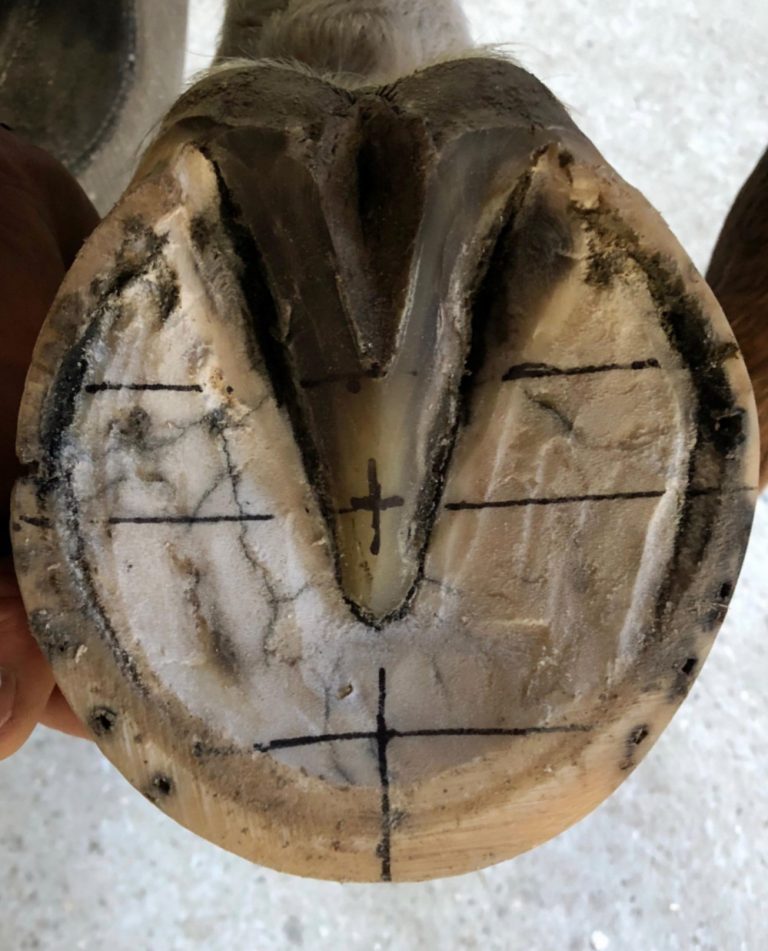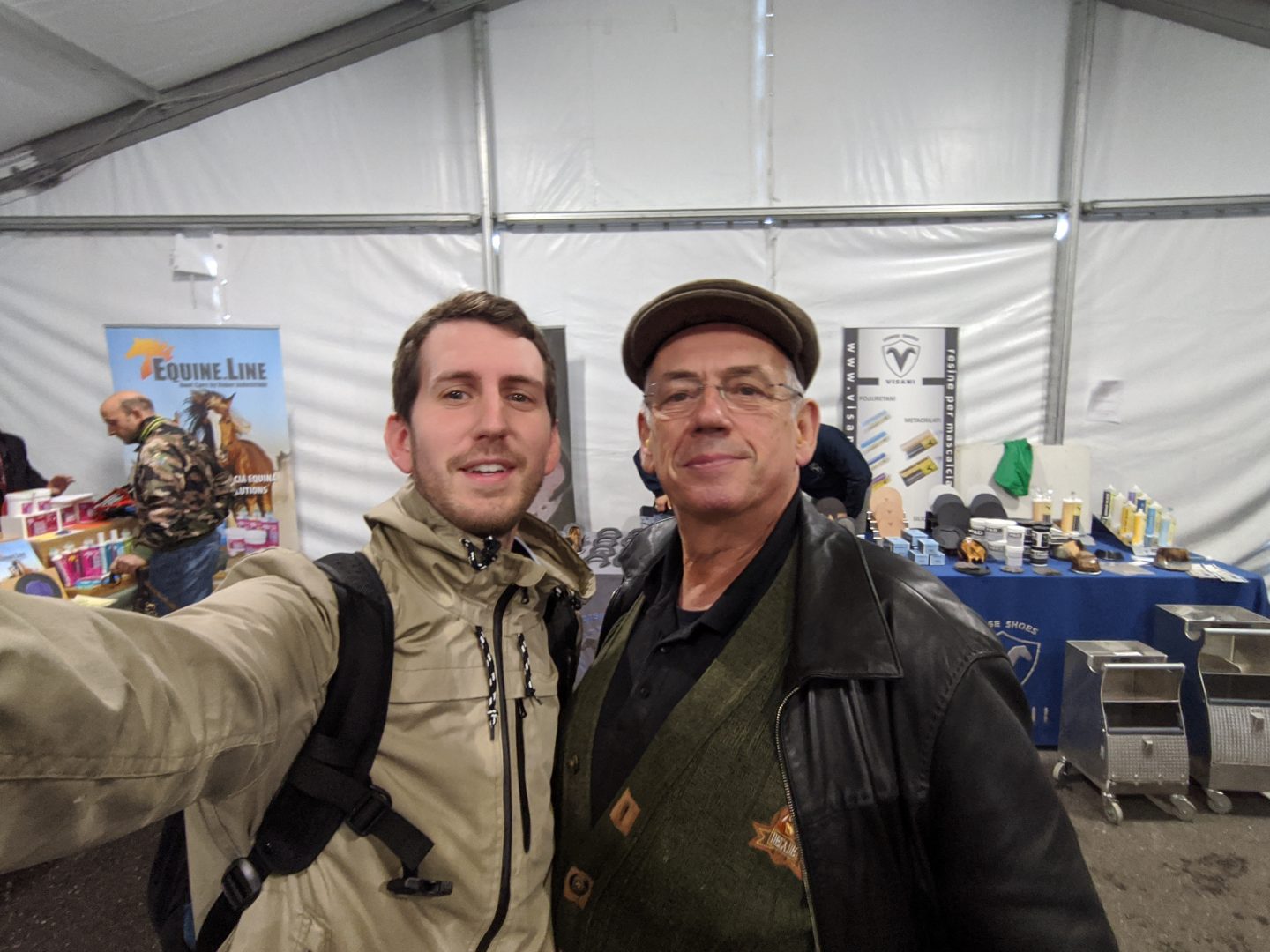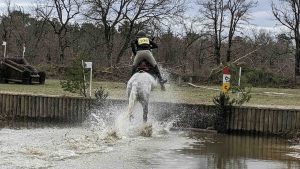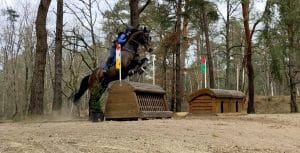
Meeting with Denis Leveillard, creator of the TDL and an experience of 50 years in farriery.
It is with kindness and a certain frankness that he agreed to answer our questions 🙂
Farriery: What changes?
Denis : For me there is one thing that has not changed is how I was taught to assess medio-lateral limb conformation and the importance of it. I still teach it to my fellow trainees today.
Regarding the trimming I have looked a lot during my career, I have learned throughout it, to improve the work of the hooves of my horses and to understand the impact of my actions.
What has evolved a lot for the better, I think, is the farrier / veterinarian relationship. I think the level of communication between these professions has improved.
Denis : I’m not saying that it works every time … Because some farriers can be narrow-minded. But some vets too!
It is not always easy because we have to deal with two specialists each in his field, sure of their point of view and sometimes, indeed, it gets stuck.
For me it’s still more of a communication problem, despite improvements, and I think it’s a shame.
Radio in farriery
Denis : I find that it should remain in the functions of the veterinarian. This does not prevent work together with the veterinarian so that the farrier can obtain usable radios when needed.
Just as farriers see many more feet than veterinarians, just as veterinarians have seen many more X-rays than farriers.
These are two very distinct jobs, otherwise you have to behave like Hans Castelijns, and be a veterinarian-farrier. In this way okay!
Farrier / podiatry
Denis : It is not a branch, because it is part of our job, to adorn the feet in view of leaving them without horseshoes.
I don’t like talking about a branch, because it is an activity that is an integral part of the job and knowledge of the farrier.
On the other hand, if the owners go to other people to take care of their barefoot horses, it is unfortunately in my opinion the fault of the farriers. This can be explained in different ways, there are cases where the farrier does not know how to communicate and has not been able to make his client understand that it is also his job to properly trim barefoot horses.
There are also farriers, who do their job badly.
Barefoot trimmer know how to communicate very well and how to promote themselves, which farriers do not know how to do well.
Anti-farriers, anti-horseshoes etc. movements are also born, and that’s a shame.
Some horses would be saved with shoes and some others would be better off without shoes.
If the horseshoe has its limits, the barefoot also has its own.
Today there are alternatives to steel irons, each solution has its share of advantages and disadvantages.
In conclusion, in my opinion, if podiatry is emancipated from the job of a farrier, it is because of certain farriers who have a bad relationship and a lack of communication with horse owners.





